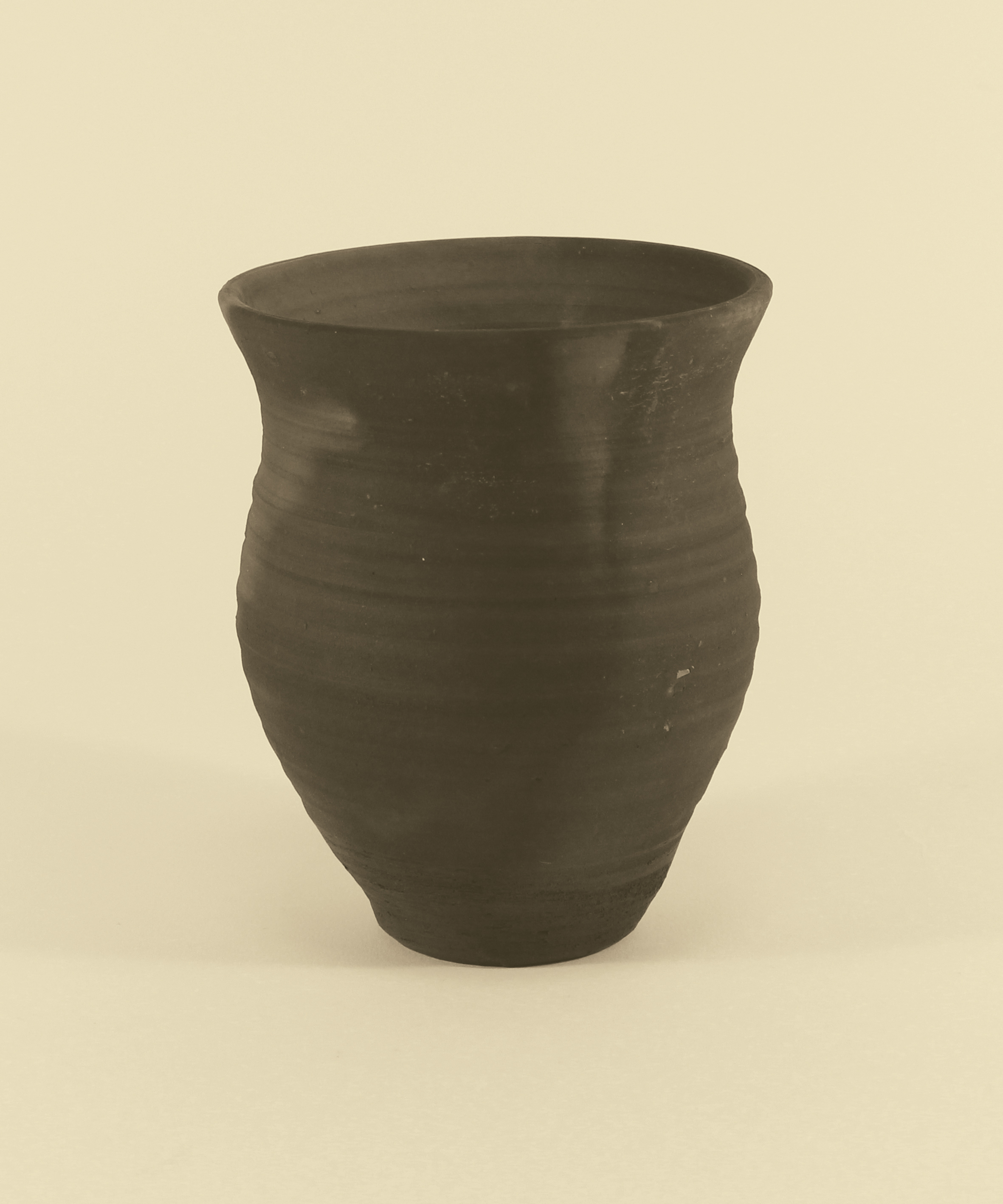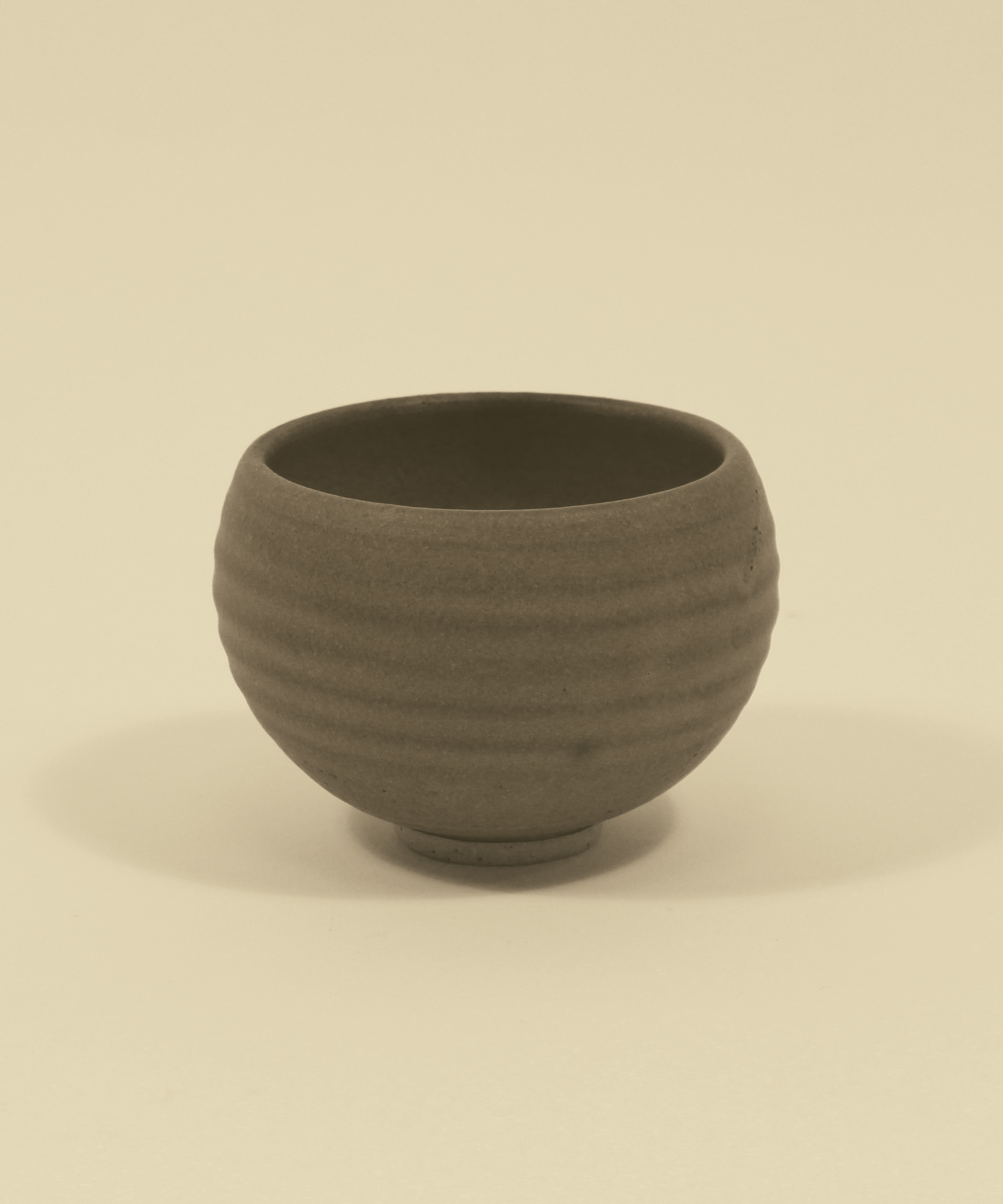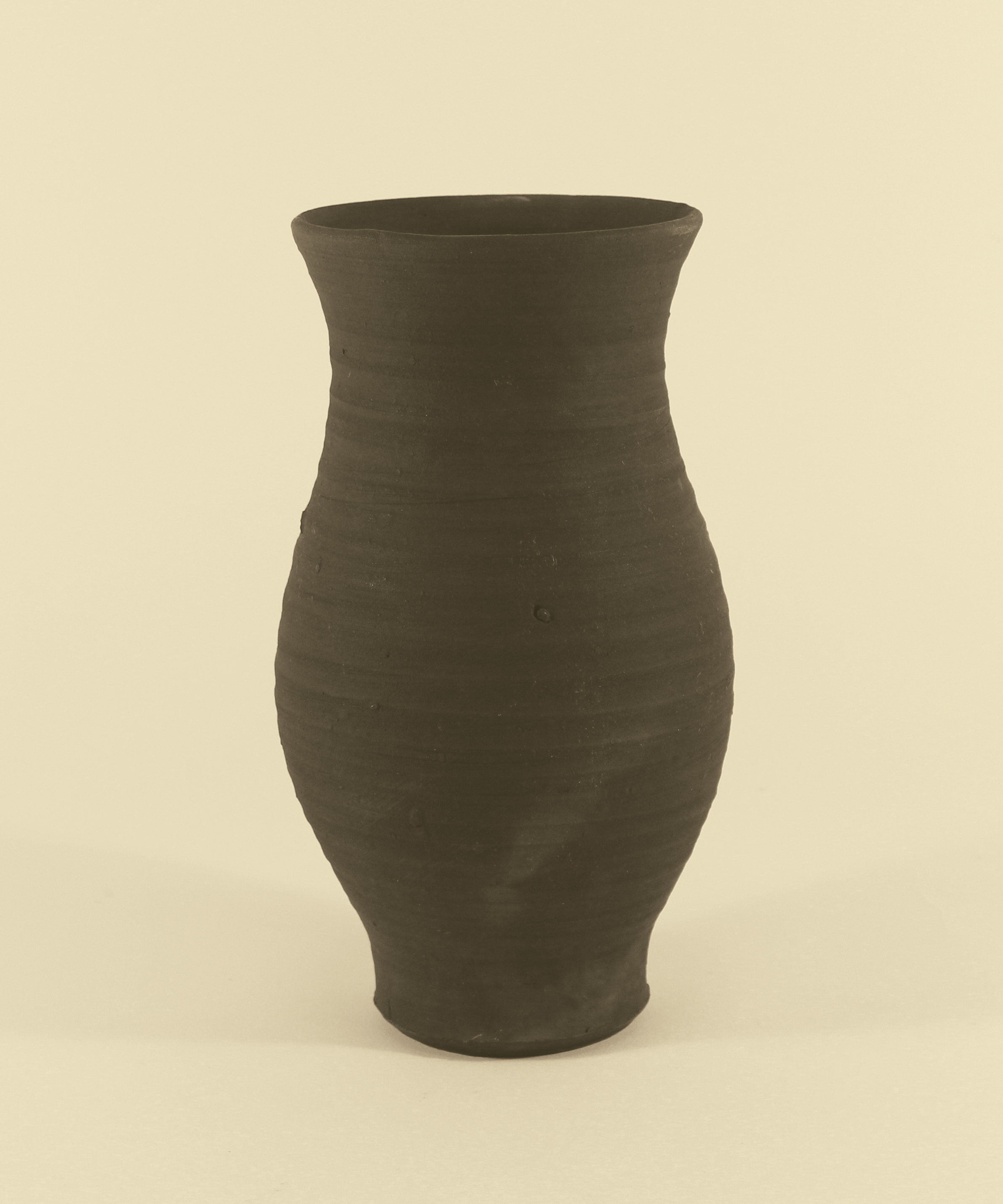(Stills after Amour)

Two blues, an Arcadian glade (and a hump for the sake of distance)
The still is unequivocal. The frame fills out, becomes closed off, no longer open to the layout of the space. There are no more doors or windows to punctuate rooms and corridors. Reality is no longer there for the eye to spill into. Everything is now the pinched surface of a painting. We exit. We are outside.

The glacier’s wake (an idealised field corrupted)
We are also inside containers: volumes that have been composed as inductions to as yet unrecognised scenes. These landscapes exist for us. In the context of our escape these may be modest events, yet they are still cues for all things to disintegrate. What would remain would be the indications of brushstroke, evidence of construction, raised into ridges of impasto that catch the light.

The sky shows its ribs (aaahh, ah, ah, ah, em, em - blue)
To be transported here is to be given a lens. To be given succour by flat expanses, projected from the viewpoint of a painter. These volumes become bubbles, alternate compositions of ‘escape’ where reliance on single-point perspective allows even silence to be extendible. Silent articulation is soon displaced by a toneless drawl that is a form of pain, a general statement against time or the logic of inevitable loss.

The edge of civilization and the horrors over the hill (chalk tilts)
Something is caught in here too. This sequence of scenes, each pitched in time, is held by the fortitude of particular detail. Such stills are no doubt a wry comment upon extension, atrophy and dead ends; glass bulbs and bell jars. If these glimpsed worlds persist in themselves—where even their sounds are sustained, unmoving in the paint—they are overlaid with the low noises of a Parisian apartment.

In these grasses (air, air, a volume of air)
These landscapes cannot pass on their dispossession of duration. For all the softness of their appearance, the space they offer us, however fleetingly, there is a capacity beyond which they cannot hold. These are images that are porous yet fixed in form. As vessels they soon become full.

Heroes, villains, monsters and machines (know which army you’re backing)
The return is always equivocal. The landscapes collapse inward, opening up, no longer restricted by the contingencies of space. Everything becomes a door or window through which a continuum can be punctured. It is all there to pour out. Everything is now the pursed volume of a container, lit only by its surface opening. We are inside shapes.
Written by Sarah Hughes and David Stent; ceramics by Alison Sandeman, Cinnabar Ling Pottery. Published in Reductive Journal, Issue 4, November 2015.